Coastal Communities Benefiting From the Seashell Industry
The Seashell industry, also known as Mother of Pearl Industry, is very 'niche', in fact it mainly relies on what could have been a waste product from the seafood and pearl industries, the empty shells. In turn, our industry plays an important role for the subsistence of small coastal communities that would otherwise run the risk of being displaced for lack of economical resources.
Today we will take a brief look at 2 Pacific communities that have been reliant on certain shell species, with an overview of their history, current state of affairs, and what the bets are for the survival of the resource.
Papua New Guinea and The Trochus Shell Harvest
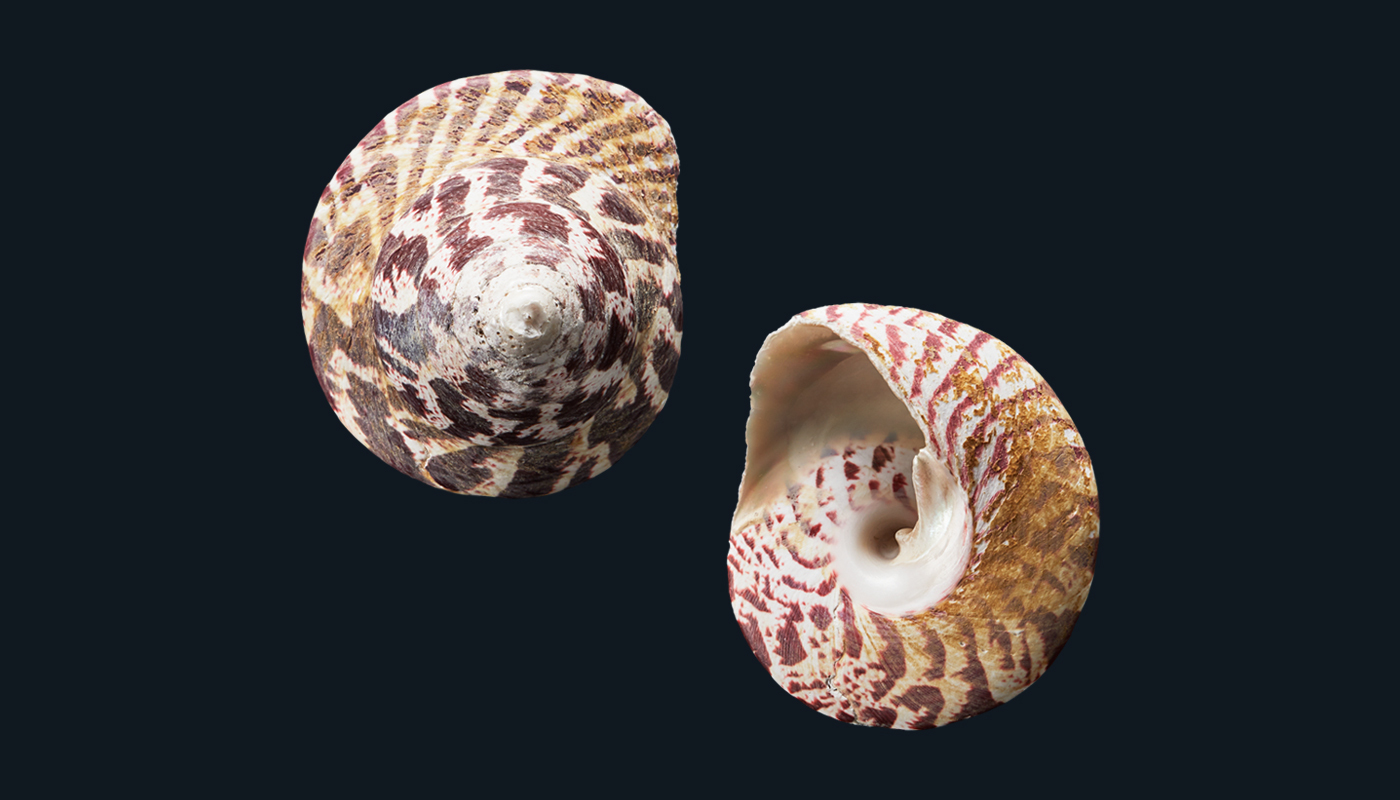
Coastal lagoon and shallow reef areas for PNG represent about 5 million hectares that have been supporting coastal living for up to 14% of the national population of 10.14 million people.
Trochus has recently become the only still viable harvest, whilst Goldlip White Mother of Pearl -Pinctada Maxima- and Green Snail had been fished out by the late 1990s. Trochus reached commodity status after the Second world War, when the demand for shell buttons greatly increased. The main end use for trochus shells is as mother of pearl buttons. The from this is turned into a natural glitter or sparkle for concrete for flooring, swimming pools, furniture.
In the Early 1950s, over 1000 Tons of trochus were exported worldwide from PNG. By the late 1990s, it was only 400t, as the resource started shrinking and the price increased 7 folds, from US$1000 in 1980 per ton to US$7,370 in the 1990s. At that time, the industry was worth US $ 3Million a year to PNG.
Pressure On The Trochus Shell Species:
In 1987, the cash price for copra, cocoa and coffee started to decline, which encouraged more coastal families to get involved in commercial fishing of trochus.
Currently, the number of exporters buying the shell from local families has halved, but there would have been fierce competition on the ground in the hay days. Still, a rough estimate of 500 to 1000 local family groups are drawing a good part of their income from selling the shell, with the meat primarily consumed within the family or dried and sold in local markets. Without trochus, those communities would struggle to survive, hence the management the resource being a crucial factor.
The Continental Shelf & Natural Living Resources Act has been in place since the late 1980s, but enforcement difficult and costly. Conflict between customary fishing rights and foreign commercial entities has made the situation even more challenging.
Traditional Wisdom For Conservation:
"The application of community based management systems, if designed to suit a country or even a small community, can be very useful' (Source: Food and Agriculture Organisation of the United Nations Report)- This is because community knowledge was built up for generations, with the view to reduce the impact on sea populations and ensure future use for the same community.
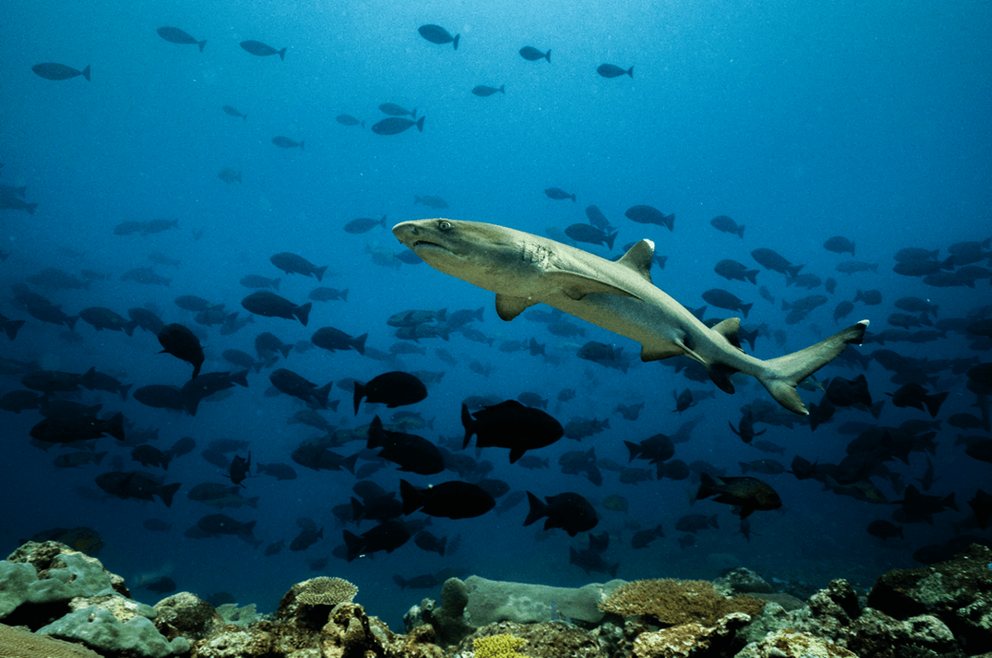
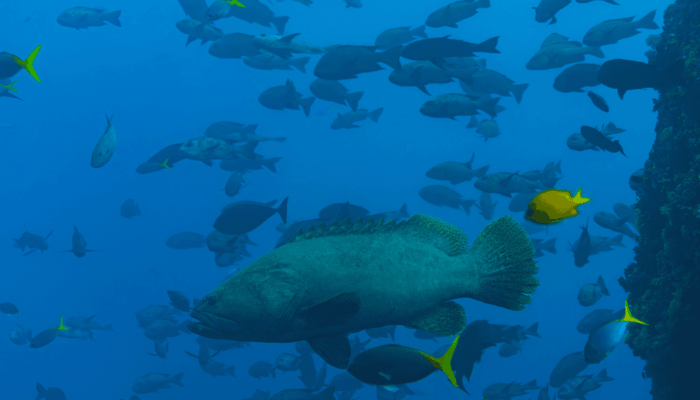
Regenerative Reserves:
In his book 'Soundings', NZ National Geographic Diver Kennedy Warne describes areas where local communities got on board with 'No Catch Reserves'. The idea is to foster the natural regeneration of reefs and their species, as the only way to preserve the local fishery for the future.
PNG has indeed stared creating its own regenerative reserves with the blessing and support of the state government. Known as LMMA- Locally Managed Marine Areas- they are 'areas of water largely managed by local organizations based in coastal communities, as opposed to Marine Protected Areas (MPAs), which are often managed on a state or federal level'...'This form of local conservation and protection, which has been done traditionally for millennia in the Pacific under many names (tambu, tabu, ra’ui, bul - to name a few)' has already fostered an increase in biodiversity, even in areas where the reef is not yet regarded as healthy. Source- September 20, 2024 Report/National Geographic Pristine Seas. Full Report Here.
Upcoming Regulations:
Meanwhile, the PNG government is also working on mandatory accreditation for producers, planned to be in force as early as 2026.
French Polynesia and The Black Mother of Pearl Farming
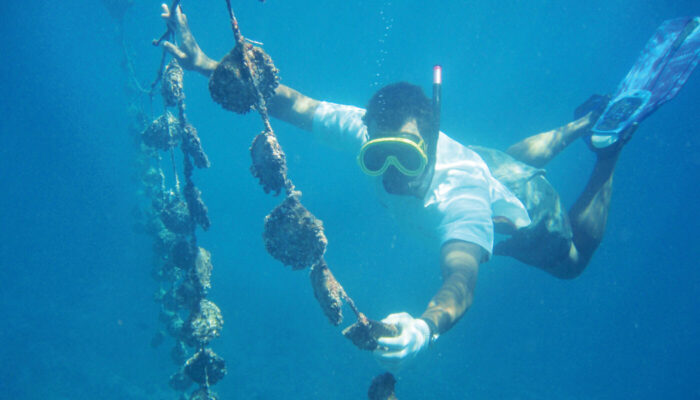
From Traditions to Modern Farming:
Started in the Atoll of Manihi, modern Tahitian pearl farming stemmed from the discovery of the natural black pearl being produced by 'Pinctada Margaritifera' the black-lipped oyster. In the 1960s, with the aid of Japanese technicians who mastered the technique of black pearl culturing. Traditional pearl farming had existed in Polynesia, but without artificial methods.
Benefits To The Community:
Small island dwellers always have limited resources and industries. To have an industry that is not fully dependent on tourism and a definite plus.The hay days of the black pearl industry were between the early 1980s and the late 1990s.
From 1996, Oceanshell Ltd's owner Bruce Shields added to the revenue streams of Tahitian pearl farms by purchasing the empty shells by the container, and became the 'go to' supplier of black mother of pearl based in the Pacific. The Mother of Pearl industry makes good use of the remaining shell once the pearl oyster reaches the end of its life, tumbled shell pieces and black mother of pearl veneer sheets are commonly used in crafts and interior decor, to name just a couple.
The Buttons and inlays are the main uses of Tahitian black mother of pearl which is prized for its strong peacock colouring. They still play an important role in fashion and craft items sold via the tourism industry, along with the black pearl.
An Industry In Recovery Mode:
With only 300,000 habitants and a small percentage involved in the black pearl farming industry, it is difficult to imagine how those small communities can be pushed into survival mode. Where commercial exploitation does not involve depleting Shellfish populations form the wild, conservation issues are not so complex. However, global scale events like market trends and COVID can have devastating effects on pearl farming,
By the early 2000s, the prices for black pearl dropped dramatically, largely due to the USA market losing interest. Prior to this, anecdotal tales were told of one single pearl fetching up to $20,000 in places like Queenstown New Zealand. However, tourism has helped the black pearl industry, which continues in Tahiti as well as Fiji.
COVID brought the industry to a halt when the pearl culture technicians, now mainly based in China, were prevented from travelling and performing their art due to border closures. Resulting financial difficulties for pearl farmers spelt a long road to recovery, still in the process.
Helping Local Communities Without Encouraging The Depletion of Natural Resources
Using natural products commercially can have real advantages, especially when the alternative is plastic! It is also an important way to support small communities with very limited income streams. However, purchasing must be done with certainty that the species are not threatened due to commercial use.
Buying ethically is very powerful, as suppliers are generally obsessed with keeping their clients loyal. By demanding information on fishing and farming methods, mitigating measures to preserve the species, and requesting government accreditation when present, you will join a ground swell of buyers who choose to help small fishing communities without contributing to overfishing.
Today, it is increasingly possible to support both the farmers/harvesters, as well as the species itself.
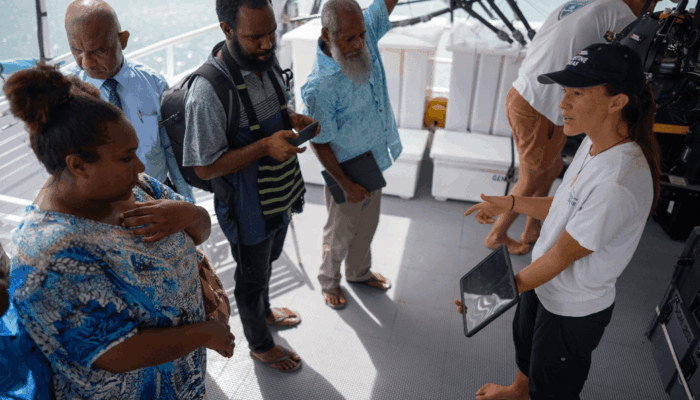
Tell us about your project...
Your project is unique, so we provide personalised advice before delivering worldwide from our studio in New Zealand.
Luméa products are made from natural shell with a variety of factors that affect form and function. If you can’t find the right product from within our range, then talk to us about our custom design service. We love to experiment and collaborate with our partners to create unique solutions.